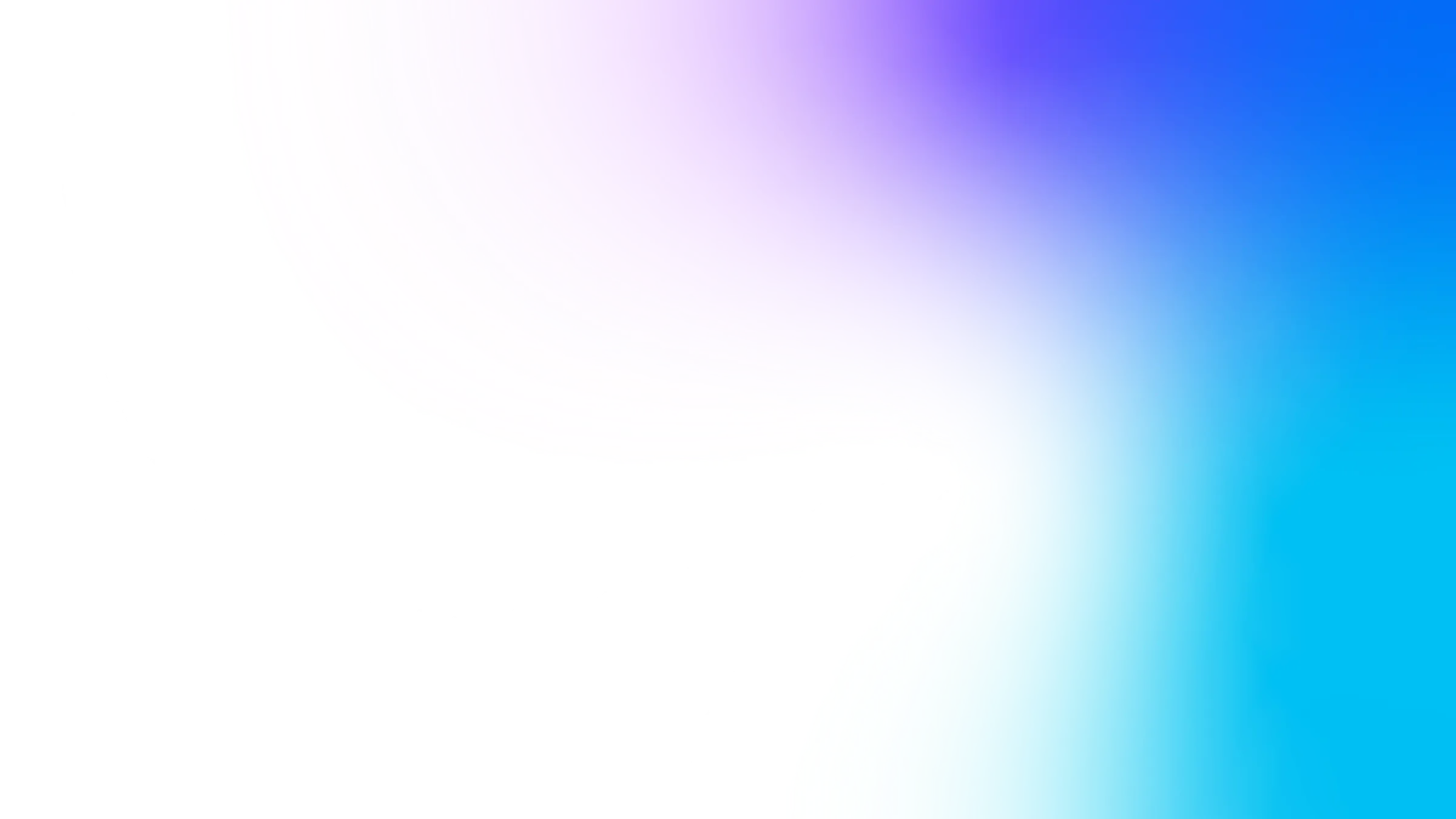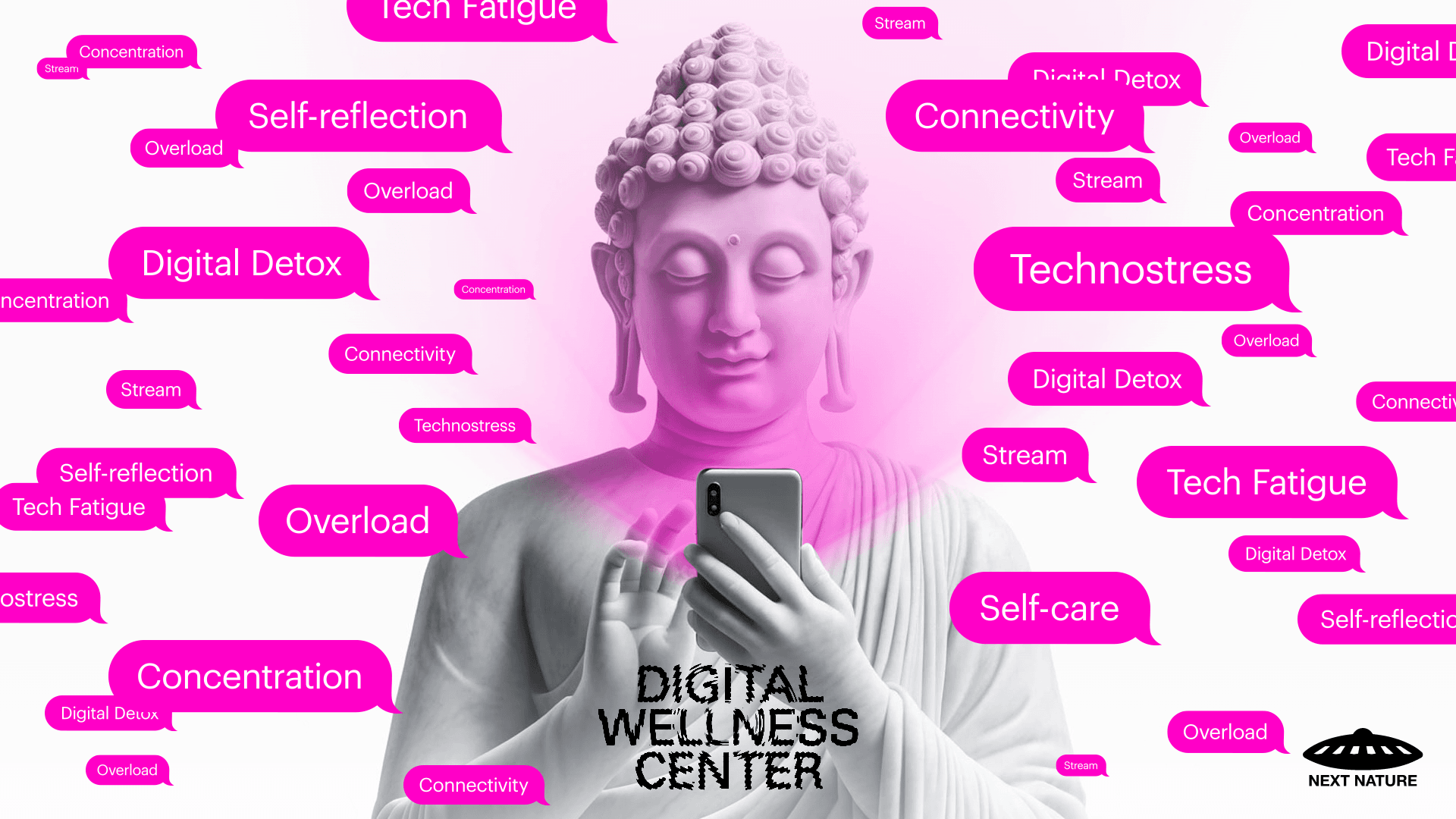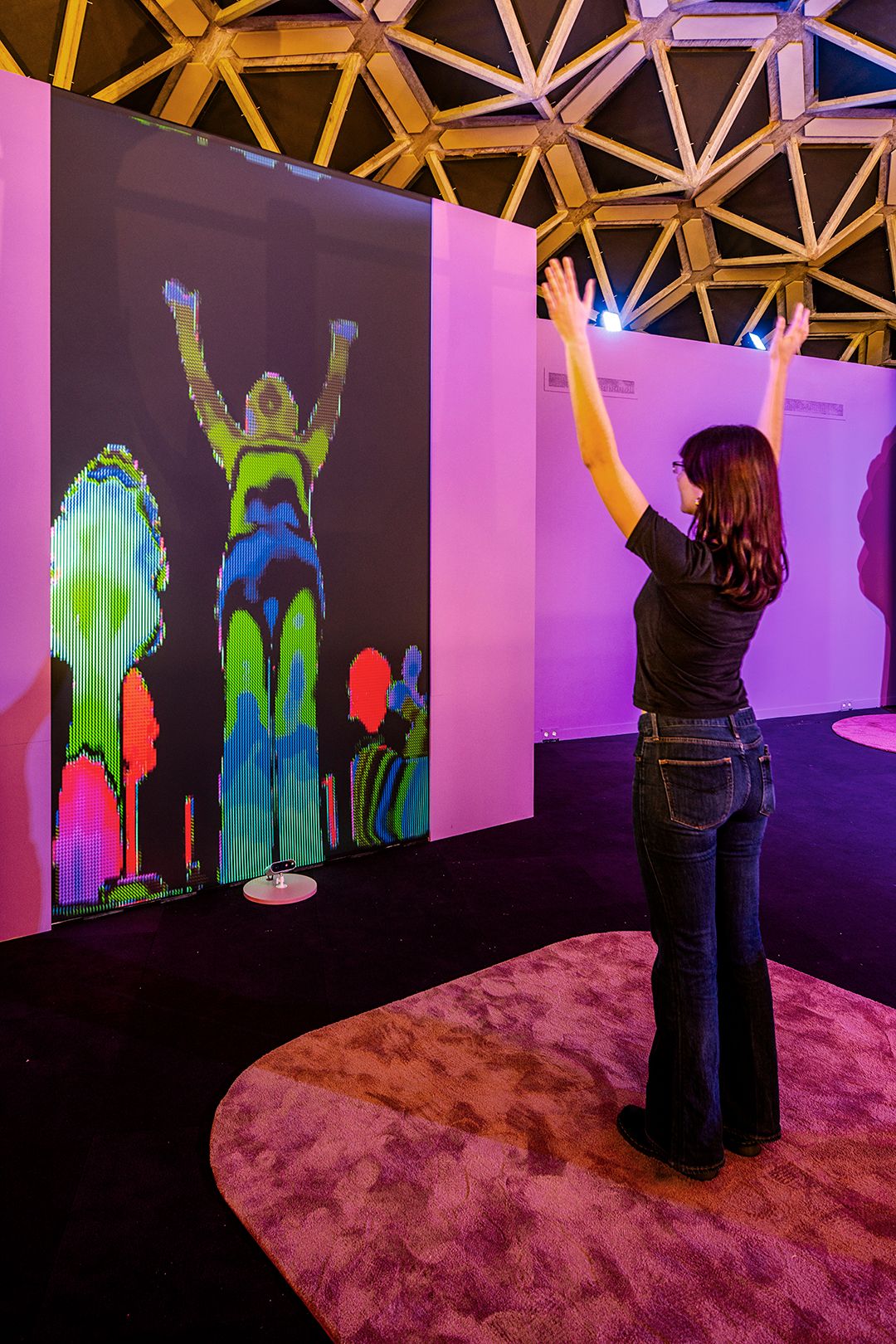How do you deal with digital stress? The Digital Wellness Center helps us understand that technology is not the enemy, but can be a tool for mental peace and personal growth. We challenge visitors to explore how technology can actually contribute to their well-being. The exhibition offers a combination of interactive installations and soothing environments to understand and deal with digital overload.
Welcome to the Digital Wellness Center
The Digital Wellness Center is the place where you learn to use technology in a mindful and healthy way. As our lives rapidly become more digitized, we gain new opportunities, but this also brings challenges such as stress and restlessness. While completely unplugging may seem tempting, the true challenge is enhancing our well-being within the digital world. Through our treatments and practical tips, we help you find a healthy balance and support your mental, physical, and emotional well-being.

Treatments
Fractal forest
In the Mindsphere, you'll experience treatments in a fractal forest— a digital environment filled with unique patterns that repeat endlessly. These patterns, known as fractals, are found in nature in forms like trees, leaves, cauliflowers, clouds and snowflakes. They have a calming effect on the brain, similar to the sense of peace you feel when walking through a forest.
While social media often traps us in repetitive patterns that can cause stress, this digital forest uses repetition to help you relax. The fractals create a soothing atmosphere that promotes growth and enhances your well-being. The idea is that technology doesn’t have to be something we avoid; instead, it can be a powerful tool for finding peace and happiness.
At the Digital Wellness Center, we combine the benefits of technology with the calming influence of nature to help you feel better.
The fractals in the forest were developed by mathematician and Next Nature fellow, Jules Ruis. Jules took fractals from 2D to 3D with his innovative “Fractal Trigeometry”. These designs, based on the infinite repetition of shapes, demonstrate the concept of "fractal flourishing": when every part thrives, the whole grows in harmony.

Breathing Session
The Breathing Session at the Digital Wellness Center in the Next Nature Museum was created by artist Geoffrey Lillemon. It’s an artistic meditation session where the body and environment merge through sound, visuals, space and light. Breathing aligns with the rhythm of the music, resonating with the architecture through light and color.
This digital inspiration session promotes mental relaxation of the mind, reduces stress, and encourages self-development, focus and new creativity . Ultimately, it’s about how you choose to integrate digital technology into your life. Recognizing and actively managing your complex relationship with technology is essential. It’s no longer just about mastering a tool or platform, but understanding the broader impact on your mental space and perception of time.

Look into your eyes
In the real world, we use our eyes to attract, build trust and connect. But in an online meeting, this becomes more difficult. Through a screen, making true eye contact feels almost impossible. In a Zoom call, for example, when you look at someone, you’re actually watching their video, not the camera.
Research shows, however, that eye contact is incredibly powerful. It increases honesty and automatically triggers positive reactions in others. Our eyes act as gateways for information, but it’s our brains that turn those images into meaning. Eye contact, therefore, goes beyond what we see; it influences how we feel and understand others.
In the digital world, finding the same deep connection remains a challenge. But perhaps it’s also an opportunity to become more aware of the power of truly seeing—even through a screen.

Dancing in the Frame
More and more young people today move within the small frame of their phones. This is especially visible on TikTok: even while dancing, they unconsciously stay within an imaginary box to create the perfect video that fits the screen. It’s not just about what happens within that rectangular space—it also shapes how we think and move. Without realizing it, our digital lives restrict our freedom to move freely. ‘Dancing in the Frame’ invites visitors to experience this limitation firsthand. You’re invited to dance inside a life-sized phone. Sensors inside the frame react when you touch the edges, triggering beeps to warn you that you’re stepping out of the screen. This way, you’ll directly feel how your movements are confined by the digital frame we often unknowingly trap ourselves in—even when we think we’re free.

Giant brain
Overstimulation of your brain happens when it receives too much information and can no longer process it properly. This can be triggered by external stimuli, like what you see, hear, smell, feel and taste, but also by internal factors, such as thoughts and emotions triggered by your experiences. An overstimulated brain can lead to a variety of symptoms, often hard to recognize because they affect both the mind and body. Since your brain is connected to the rest of your body, you might experience issues like headaches, heart palpitations or even inflammation. These symptoms can disrupt your body, emotions and thoughts, making it difficult to see that they all stem from a single cause: an overstimulated brain.

Singularity garden
At first glance, these zen gardens evoke a sense of calm. But in these gardens, where robots endlessly repeat the same tasks, something feels off. The perfect harmony you see carries a subtle unease. The robots don’t seem happy, even in such a beautiful setting. Their movements reflect a kind of sad monotony. While everything appears peaceful, there’s an underlying emptiness. It raises a profound question: can we truly find happiness in a world entirely governed by technology? These gardens, created by artist Heleen Blanken, invite us to reflect on the role of technology in our search for peace and fulfillment.

Attention Span
A neuro-physical test environment designed to explore what captures your attention—and what pulls it away. As you sit in front of the screen, various stimuli appear: from notifications and flashing text to bold colors and striking images, including nudity or violence shocking images like nudity or violence. In contrast, calming scenes, like nature and flowing water, provide a different kind of stimulus. The installation measures how your brain responds, revealing what holds your focus and what distracts you most. By engaging with this experience, you gain insight into your own attention patterns, helping you better manage distractions in daily life.
This installation was conceived and developed by AttentionLab, led by Stefan van der Stigchel, professor of cognitive sciences at Utrecht University. The anonymous data collected from the installation at the Next Nature Museum is used by AttentionLab for scientific research.

Scroll Wall
The Scroll Wall is a large wall designed for scrolling, just like on your phone. But there’s something unique about it: it pushes back. Instead of a simple swipe with your finger, you have to use your whole body and all your strength to move the screen. As you try to scroll digital content from top to bottom, the wall resists, creating a sensation of physical struggle. This illusion is created by special technologies that combine visuals and movement, making it feel like there’s something tangible behind the wall pushing back.
The Scroll Wall let’s you experience the difference between using your body and the effortless swiping you’re used to on a smartphone. It makes you aware of how little energy and effort we normally expend when consuming content on a screen.
Techno Privilege
Technological change affects everyone, but not everyone has equal access to it. Some people enjoy the latest devices and opportunities to learn, while others are left behind. To ensure fair access to technology, we must first recognize our own position in the digital world. Take the opportunity to explore your personal tech privilege: seated in a massage chair with a screen in front of you, you’ll answer questions about your access to and use of technology. As you make choices, the chair reacts—letting you physically feel the differences in technological privilege. This experience challenges you to reflect on the global disparities in technology access.
The concept and program of this installation were developed by Hendrik-Jan Grievink.

The Digital Wellness Helpdesk
Do you know that feeling? You eat healthy, count your calories, avoid gluten, and give your body the best nutrition. But meanwhile, your mind is flooded with a constant stream of digital junk food—content that adds as little value to your life as a bag of chips does to your body. An unbalanced digital diet can take a toll on your mental well-being. Just like fast food is packed with empty calories, digital junk food—endless scrolling, unnecessary notifications, shallow or misleading content—provides no real nourishment for your mind. But there’s hope. The Digital Wellness Helpdesk is here to help . A digital detox can work wonders. Let’s choose content that strengthens us rather than drains us. It’s time for a healthier digital life. At the Digital Wellness Helpdesk, you can create your own digital menu—one that fuels your mind.
Our smartphones have become an extension of our bodies. While technology has physically lightened our load, it has cognitively weighed us down. Yet, we must recognize that humans have always been technological beings. From the moment we built roofs to shield us from the rain, crafted clothing to protect against the cold, and developed medicine to fight diseases, technology has shaped our evolution.
Like a fish unaware of the water it swims in, we often overlook just how deeply intertwined our lives are with technology—and all that it has given us.
We are not just using technology. We are co-evolving with it.

The Digital Wellness Center is part of the Next Nature Museum and has been made possible with the support of the following funds and grant providers:






